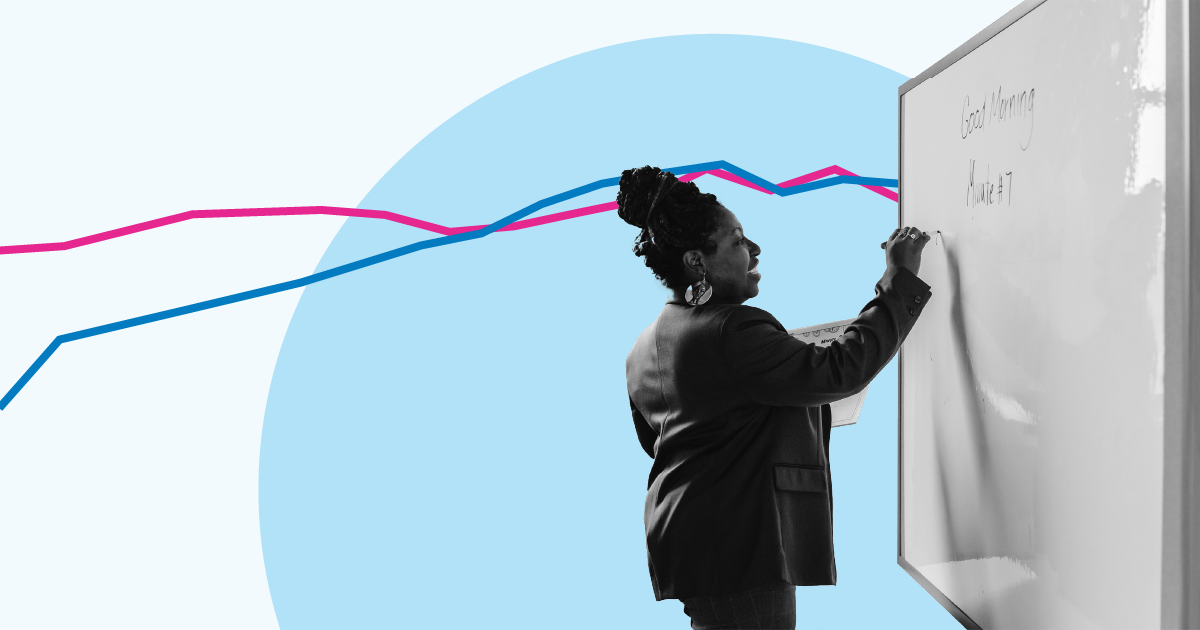Education
What matters most to parents when choosing a school?

The US Census Bureau has conducted its Household Pulse Survey since April to measure how people’s lives have been impacted by the COVID-19 pandemic. Here’s how the virus is affecting K-12 education, using results from the edition of the survey collected from October 14 to October 26.
The survey asked adults living with K-12 students education-related questions such as:
Most households with children enrolled in private or public schools — 64% — have contact with a teacher at least four days a week. Eleven percent of them, however, reported having no live contact with a teacher during the previous seven days.
The majority of such households— 65% — had classes move to distance learning using online resources, while 15% of households transitioned to distance learning with paper materials sent home.
Due to the pandemic, 26% of households reported that classes were cancelled at some point during the school year. In 11% of cases, parents or guardians responded that the “pandemic did not affect how children in this household received education.”
Children from low-income households were more likely to have classes cancelled than their wealthier counterparts. In 39% of households with incomes under $25,000, children experienced cancelled classes. When household income was $200,000 and above, only 18% had classes cancelled.
Children from high-income households were more likely to receive online instruction. Seventy-two percent of households earning more than $200,000 received such instruction, compared with 61% of households earning less than $25,000.
Schooling during the pandemic also varies by state. Eighty-five percent of households with children in Washington state are learning remotely. In Wyoming, 26% are learning online.
Eight percent of households with children report sometimes, rarely, or never having access to a computer for educational purposes, based on survey responses. Six percent sometimes, rarely or never have access to the internet for educational purposes.
The data on remote learning prior to COVID-19 is limited. A few datasets from the US Department of Education, however, reveal a shift to online education. During the 2017-2018 school year, 21% of public schools offered at least one course entirely online, according to the National Center for Education Statistics. At that time, only 5.7% offered a majority of all courses online.
In a 2019 report, 85% of district administrators said that using digital learning resources was a high priority. Even 79% of district administrators said they provide a range of these programs.
The 2020-2021 school year, at least during the pandemic, changed how the majority of children learn. Government data in the coming years could show whether that impact is temporary or longer-lasting.
Learn more about education in the US and get the facts every week by signing up for our newsletter.
Newsletter
Keep up with the latest data and most popular content.